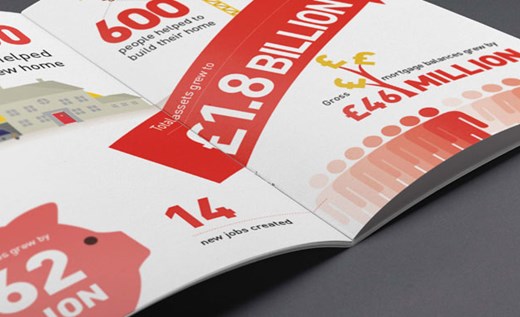
Progressive’s Energy Savings Tips
The cold days and long nights are beginning to settle in, and with that changing wind comes a hushed excitement for Christmas and the new year. Wintertime can also be a challenging season for many households in terms of finances and increased spending. We all want to save money on our energy bills, both to protect the environment and save a few pennies along the way.
The cold days and long nights are beginning to settle in, and with that changing wind comes a hushed excitement for Christmas and the new year. Wintertime can also be a challenging season for many households in terms of finances and increased spending. We all want to save money on our energy bills, both to protect the environment and save a few pennies along the way.
The trick, really, is knowing where most of your home energy is wasted. Start with your Energy Performance Certificate (EPC) to help pinpoint those areas where money can be saved, and energy consumption reduced.
If you don’t have your EPC to hand, you can source it online or better yet, carry out a DIY home energy audit to get things started. And in that DIY spirit, the Progressive team have compiled the following energy saving tips to help you stay on top of energy costs – and consumption – this winter season.
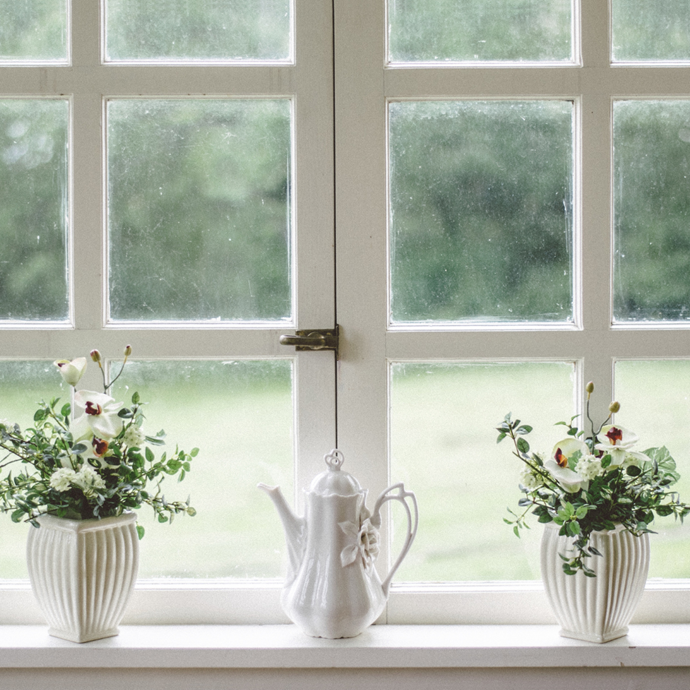
1. Fabric first
Making improvements to a property’s roof, walls, floors and windows – the fundamental fabric of our homes – is considered the best starting point to help reduce your energy use. Any warmth generated by your heating system will be quickly lost through uninsulated nooks and crannies, whether it’s an old letterbox or a single-glazed window.
DIY draught-proofing doesn’t have to expensive, either, with ready-made products available to prevent heat escaping through doorframes and even keyholes. And for the more long-term projects, roof and flooring insulation go a long way to bringing your bills down, albeit for a higher installation cost.
Specific costs related to your property can be found on your EPC.
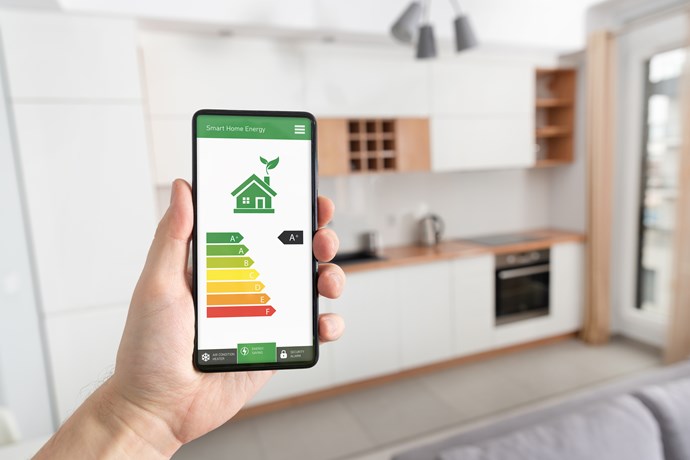
2. Know your energy ratings
While your EPC covers off the running costs of a property, it’s always good to know the energy rating of each individual appliance, from TVs to washing machines. For example, did you know fridges with energy labels A+++ will consume up to 80% less than a rating D. A little more investment up front could save you money in the long-term, while also reducing your home’s carbon footprint. Win, win.
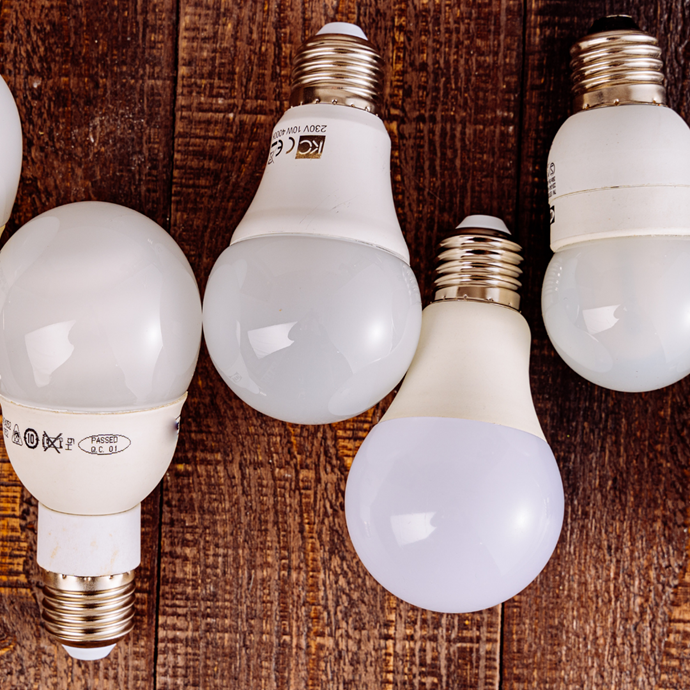
3. Low-energy lighting
With the darker nights fast approaching, light bulbs will soon be working overtime to illuminate our homes. And while it may seem like a minor upgrade, swapping tired old bulbs for low-energy LEDs can have a tangible impact on your EPC rating. In fact, according to Which?, LED bulbs use around 90% less energy and can last up to fifteen times as long.
Optimise your home heating
The first port of call with home heating is ensuring your boiler, radiators and/or other heat sources are working efficiently. If heating controls and thermostats are available, ensure they are optimised and kick into action when you most need them – just before the morning alarm, for example.
Pipe insulation and a hot water cylinder are among the more expensive options, but you can still optimise your home heating on a budget by rearranging your furniture to ensure no radiators are blocked. Otherwise you’ll be paying for the warmth, but not feeling the heat.
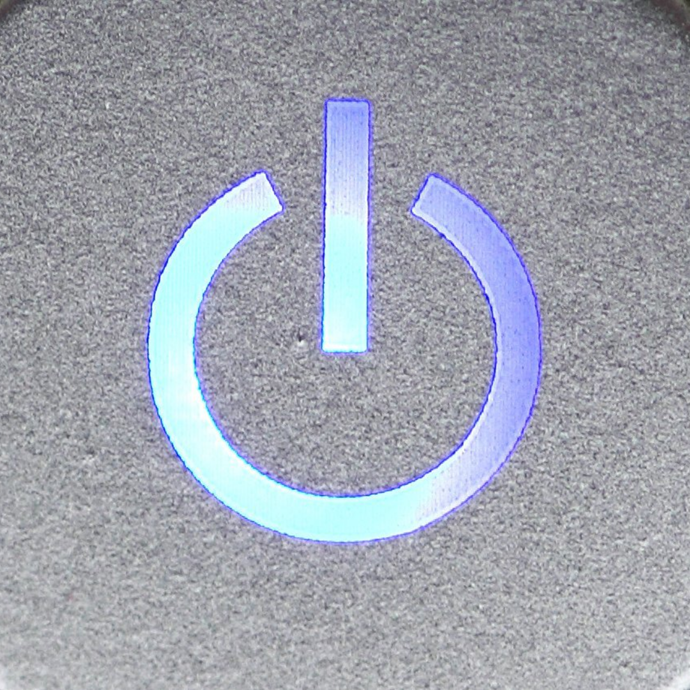
4. Stand Down those on Standby
Our homes are becoming a haven for devices, but those flashing lights at nighttime – whether it’s phone chargers or TVs on standby – waste a considerable amount of energy over the course of a calendar year.
Switching the power off at the wall wherever possible is always the best course of action. It may not save you hundreds but doing so can shave up to £80 off your annual electricity bill, according to The Energy Savings Trust.
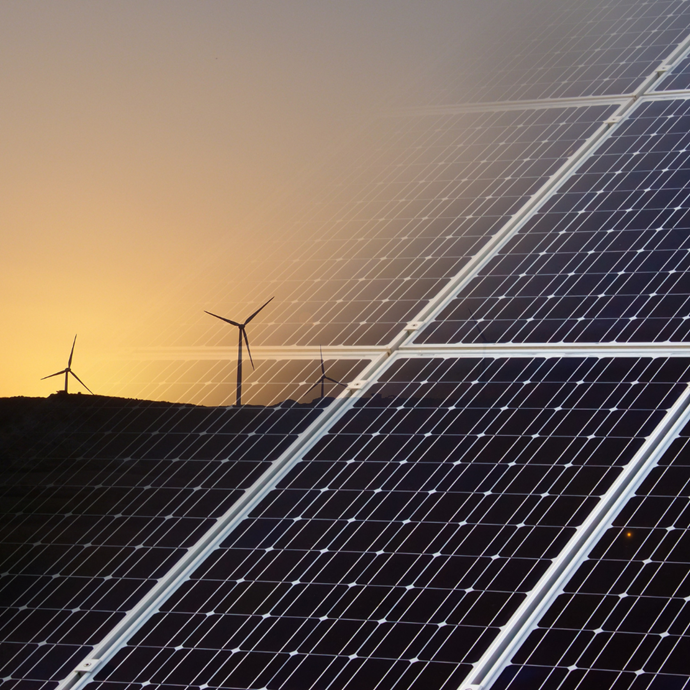
5. Go Green
While the more expensive solution to energy-efficiency, investing in renewable energy sources for your home can yield savings in the long-term. And go a long way to reducing your carbon footprint.
From solar panels to air source heat pumps, there are a range of innovative technologies that can create all – or at least some – of the energy required to heat your home, without the reliance on fossil fuels.
At Progressive, we also offer a Green Mortgage product whereby homeowners could avail of a cheaper mortgage rate if the home they purchase has an A or B energy rating.
To find out more speak to a member of our team today at your local Progressive branch.
YOUR HOME MAY BE REPOSSESSED IF YOU DO NOT KEEP UP REPAYMENTS ON YOUR MORTGAGE.
Lending Criteria and Terms & Conditions apply.

Speak to our team today
We’d love to talk you through the mortgage process and help you find a suitable product. For more information or to apply for an account, you can call us, email us, pop into one of our 11 branches. We look forward to hearing from you.


